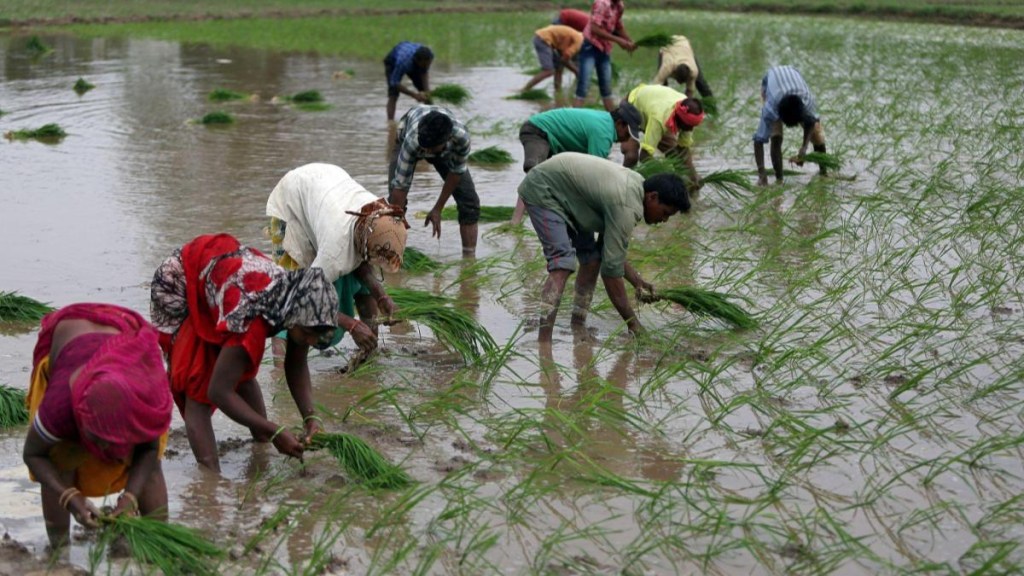The prospect of above-normal rainfall during the southwest monsoon season — beginning June and possibly extending beyond September — is usually considered a good augury for a bountiful kharif crop output. But this depends on its spatial and temporal distribution. This year saw the monsoon revive after a pause in June and covered the entire country ahead of schedule. There has been copious rainfall during the second half of the season, which has caused massive floods in the southern and western states, including deadly landslides in Kerala’s Wayanad district. In sharp contrast, there is rainfall deficiency in the eastern and northeastern states. Overall, 71% of the 729 districts in the country have received normal to surplus showers so far this season. Due to climate change, the monsoon’s behaviour is also increasingly wayward with extended dry spells and heavy wet spells. Around 45% of the districts are experiencing a “swapping trend” with flood-prone areas going dry and vice versa, according to a study by IPE Global and Esri India.
With the monsoon appearing to have a mind of its own, above-normal rainfall is not necessarily an unmixed blessing. Although sowing operations for summer season crops like paddy, coarse cereals, pulses, and soya bean are almost over, copious rainfall may dampen kharif yields. The massive floods in Gujarat, Telangana, and Andhra Pradesh are likely to impact output of groundnut, pulses, and cotton whose acreage is lower when compared to the last five years. If the rainfall extends to October, it could also affect the standing paddy crop. The union ministry for agriculture and farmers’ welfare is soon expected to announce the first estimate of kharif production.
More significantly, copious rainfall has an important bearing in the poll-bound Maharashtra which is a major producer of soya bean and pulses like arhar dal. Although overall soya bean acreage is 1.7% higher than the average of the last five years, farmers are concerned that mandi prices are ruling below minimum support prices. Worried about the electoral fallout, the Centre has now decided to step in to procure soya bean from farmers. Given the highly erratic behaviour of the monsoon, there is a need for better prediction so that farmers are well-prepared for extreme events. Doing so appears a daunting challenge even with the most sophisticated weather models. However, a model-based extreme forecast index — estimated by the India Meteorological Department (IMD), Indian Institute of Tropical Meteorology, and European Centre for Medium-Range Weather Forecasts’ model — has been useful in forecasting the rising incidence of very heavy and extremely heavy rainfall events as happened in Telangana and Andhra, according to Madhavan Nair Rajeevan, former secretary in the ministry of earth sciences.
The policy imperative must be to ensure that agriculture does not remain hostage to the monsoon’s vagaries. The IMD’s plans to revive the district agro-meteorological units under the Gramin Krishi Mausam Sewa scheme — which were earlier shut down — are a useful step in this direction as they provide timely weather advisories. The need is to build more irrigation facilities to reduce monsoon dependence, especially for small and marginal farmers in peninsular India. This is less of a concern in the vanguard agrarian region of Punjab, Haryana, and western Uttar Pradesh which have access to canal irrigation. In fact, the share of irrigation in paddy-growing states like Punjab is as high as 99.7% but as low as 31.5% in Odisha.

